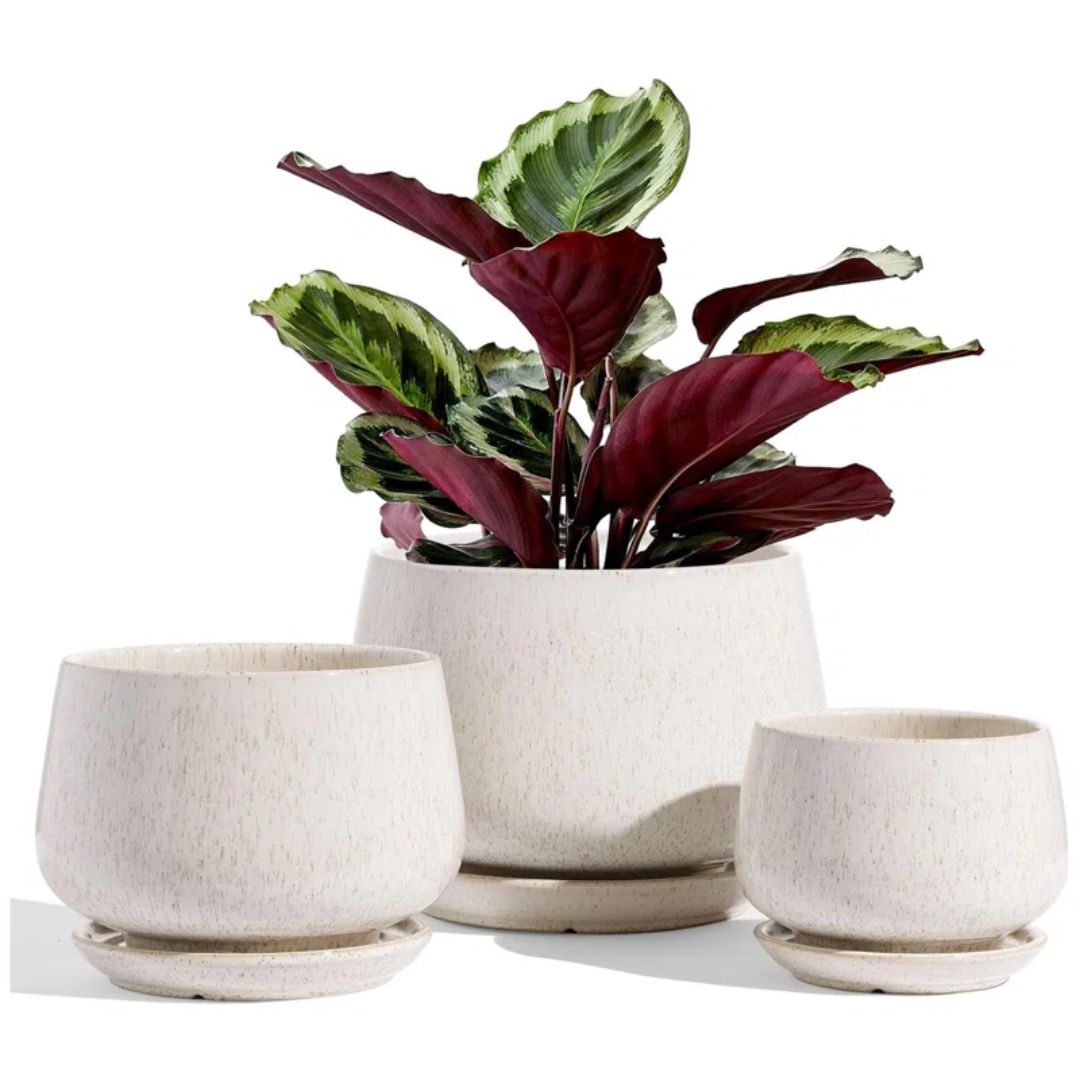How Much Drainage Do Indoor Plants Need? Here is Your Ultimate Guide to Houseplants and Their Needs
We've spoken to the expert to gather the dos and don'ts of plant drainage and how it can impact your leafy greens
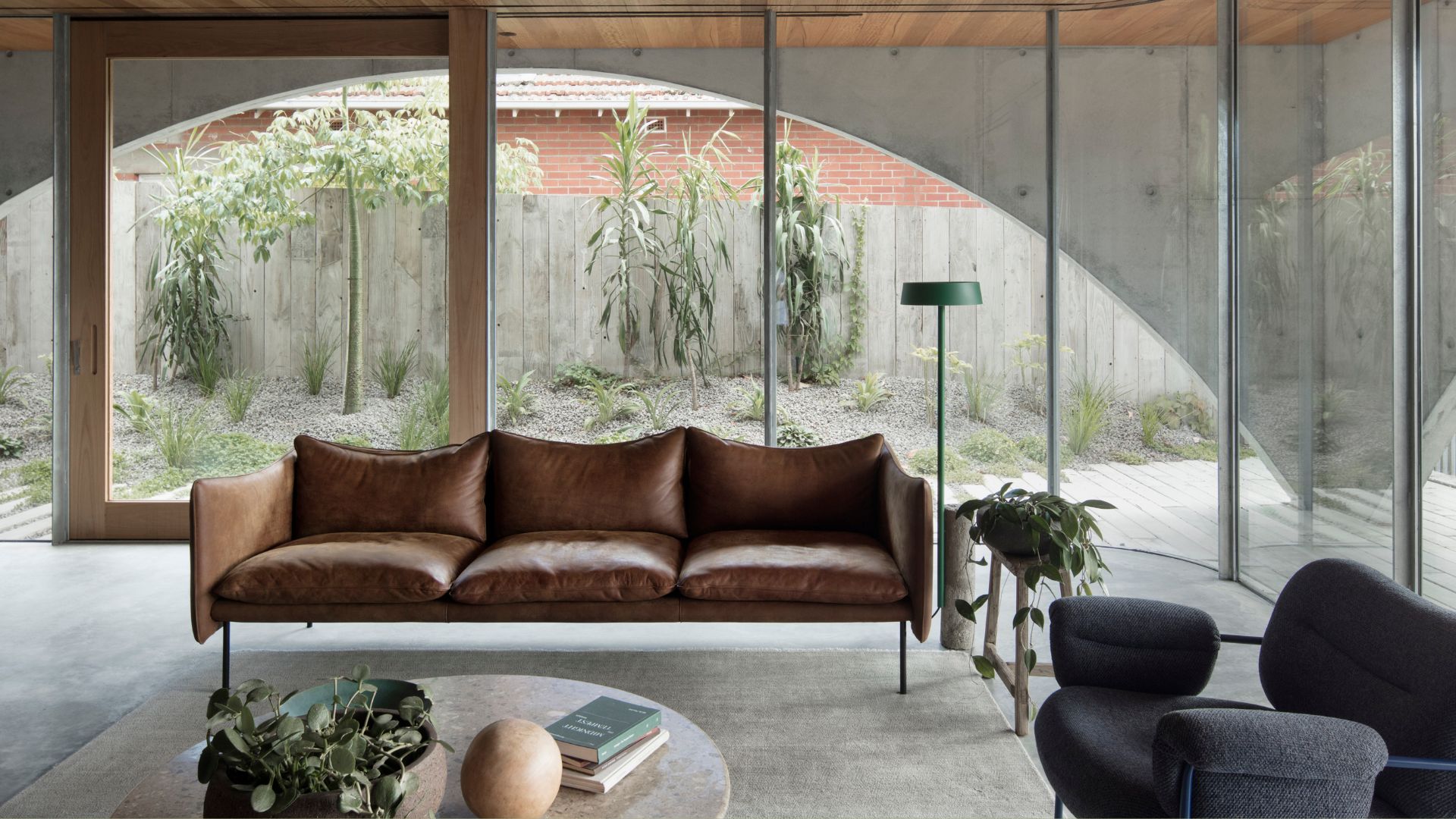
Believe it or not, indoor plant drainage is much debated, and the internet is awash with advice. This can make it tricky to know what's best for our plants or whether drainage is even something they need help with.
Watering houseplants seems simple enough, but it's surprisingly easy to over-water them. In fact, it's likely more houseplants die from overwatering than underwatering. "Overwatering is the most common mistake for growers of all experience levels," says Kamili Bell Hill, author of Happy Plants Happy You. "There are many ways to kill a plant, but I’m willing to guess overwatering is the number one killer of plants."
Getting drainage right is a step toward preventing overwatering indoor plants. It also means your plants can continue growing without much intervention. Here is everything you need to know to keep your houseplants happy.
Do Indoor Houseplants Need Drainage?
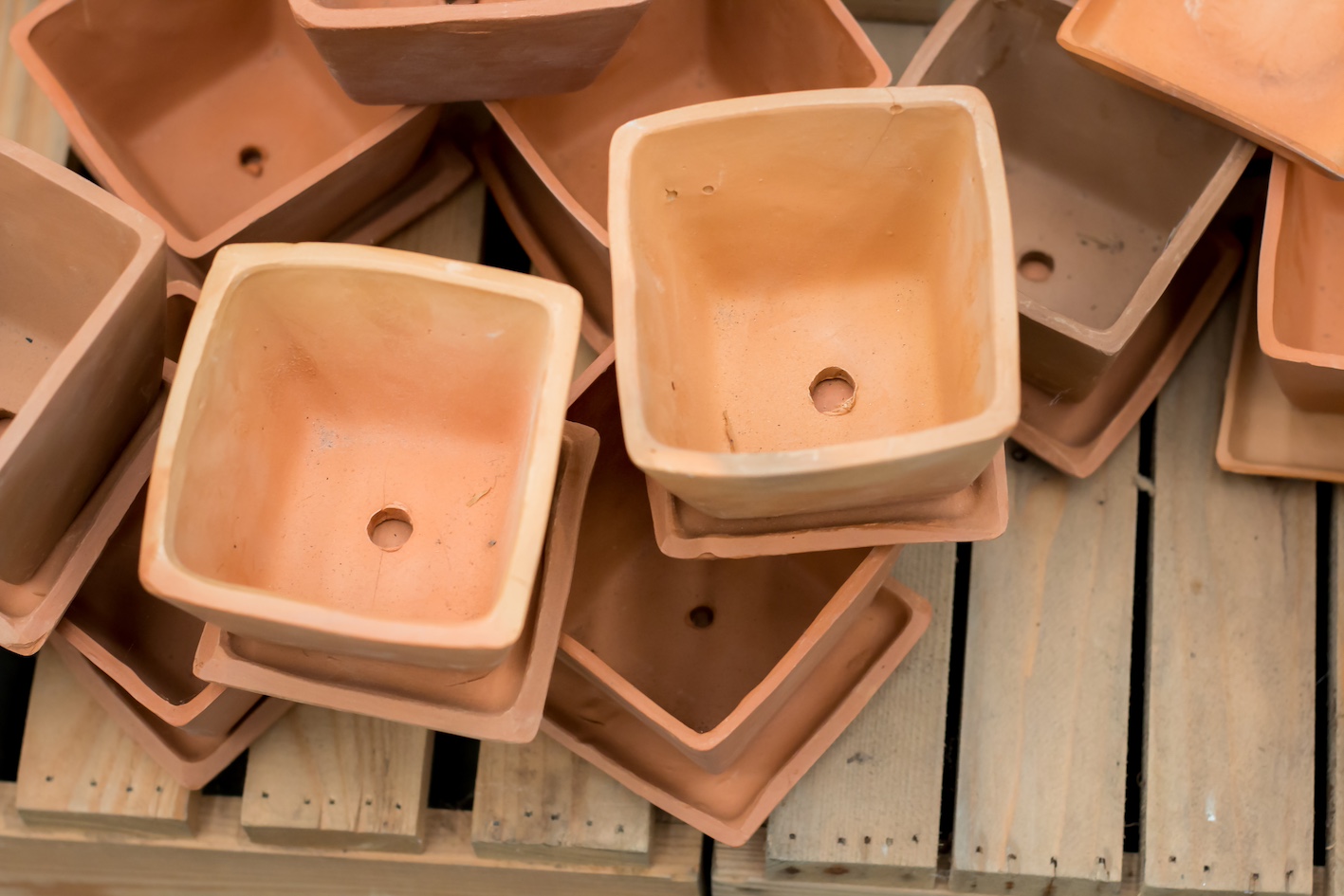
The consensus from plant experts is that it's beneficial to provide some drainage for indoor plants, as it can help them stay healthy. But understanding how much drainage your plant needs hinges on what experts say about how often you should water houseplants. The reality is that you should never, ever overwater your houseplants, and drainage holes help ensure that doesn't happen. Whether you're a new plant parent, or a seasoned pro, drainage increases the plant's ability to thrive.
"Technically, houseplants don’t need drainage, but drainage is an excellent insurance policy to help avoid accidental overwatering," says Justin Hancock, horticulturalist, Costa Farms. "Having drainage greatly reduces the opportunity for the roots to suffocate in saturated potting mix."
"Soil that can stay wet for prolonged periods can lead to root rot," says Kamili Bell Hill, the author of Happy Plants, Happy You. "Damp soil can also lead to those dreaded fungus gnats."
What to Put in the Bottom You Planter for Drainage
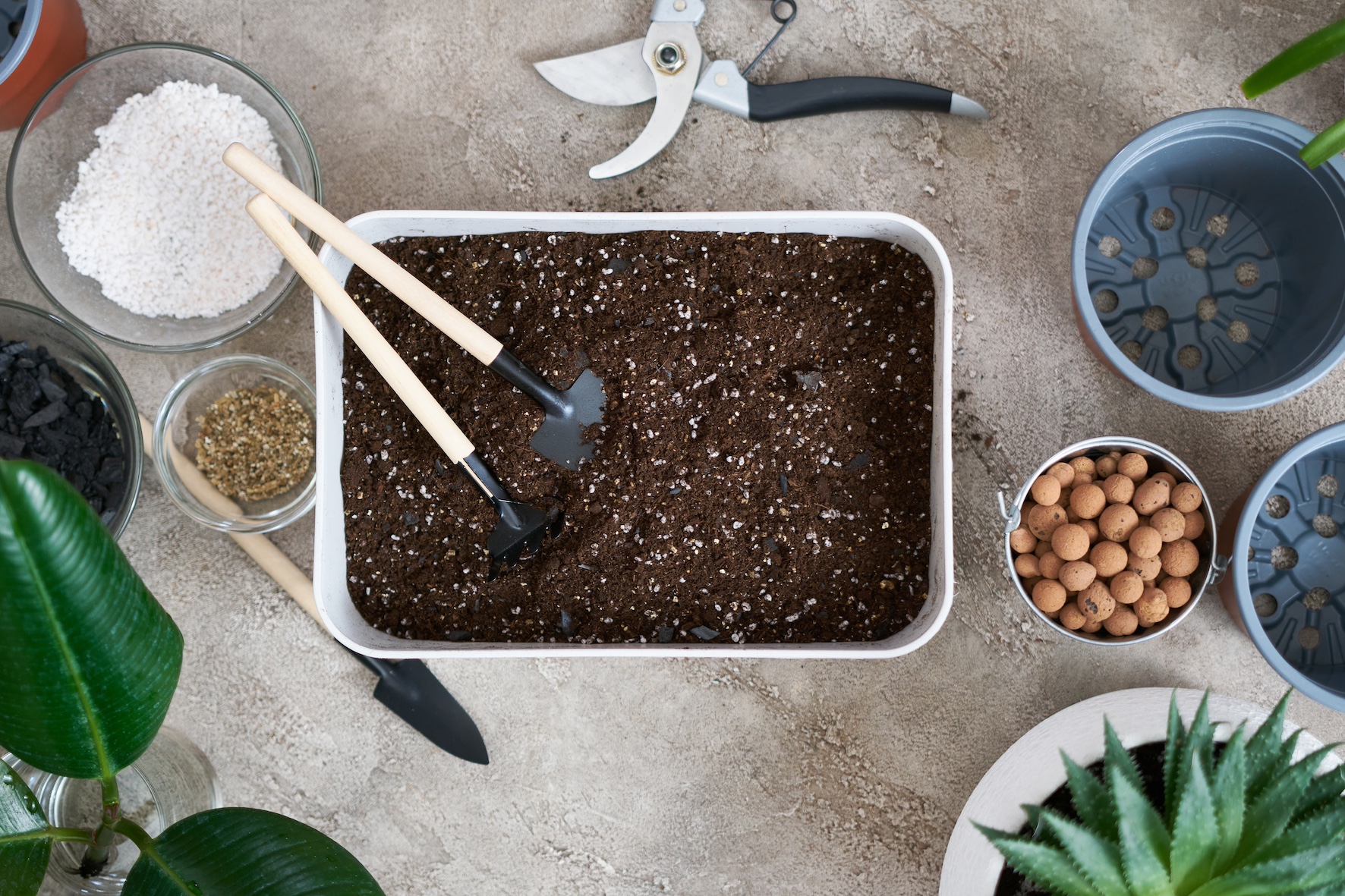
Your beautiful houseplants need to be placed in a space that grants them the nutrients and environmental conditions they need. Many people put stones, rocks, or shards of broken pottery in the base of their plant pots, thinking this will help with drainage. However, all the plant experts we spoke to were emphatic that this does not help drainage. In fact, it can hinder the soil's ability to drain.
"The only requirement of any container for proper drainage is a drainage hole, not gravel in the bottom of the pot," says Lisa Eldred Steinkopf, author of Houseplants for Beginners. As well as a pot with a drainage hole, it is possible to help your plant's soil drain by mixing 'amendments' into it, rather than adding them to the base of the pot.
Kamili tells us: "You will often hear the phrase 'well-draining soil'. This means soil that is not compacted and has great airflow for the plant roots; it both releases excess water and also provides adequate moisture."
She continues: "Well-draining soil is not usually what you will find in a bag of all-purpose potting soil. You will need to amend it with something. Horticultural charcoal, orchid bark, pumice, and perlite are my go-to additives for creating a nice, chunky, well-draining soil for my plants. With these added ingredients, you can get just the right soil mix for every plant’s needs."
Does Adding Rocks to Soil Help Drainage?
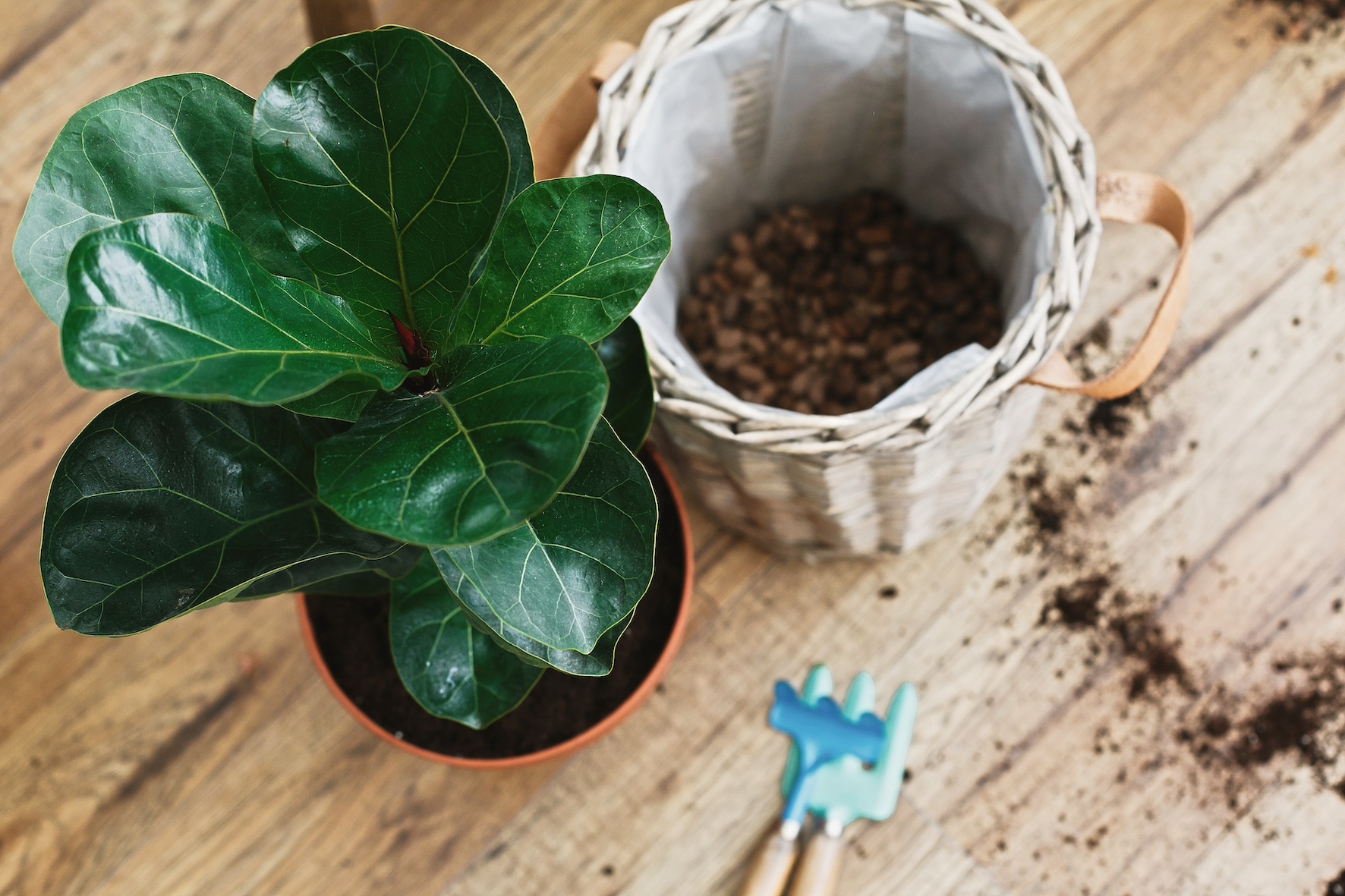
No, was the unanimous response from all of our plant experts, with each adding that adding rocks to soil could be detrimental to drainage. To get the best out of your indoor garden, you should probably take notes from the experts. "Even though you see this advice all the time, it’s a longtime gardening myth," says Justin. "Adding a layer of anything other than potting mix at the bottom of the pot can actually slow drainage slightly. The deeper the soil goes, the more gravity will pull water down and out."
Justine adds: "It’s like a rectangular sponge—if you soak it in water and lay it flat, water will stop dripping out. But if you tilt it on its side, more water will drip out. So putting something in the bottom of your pot decreases the pull of the water down and out."
Lisa says using gravel or pebbles as drainage is unnecessary and not helpful at all. "Studies have shown that water does not move easily from the small air spaces found in planting medium to the large air spaces surrounding gravel or pottery shards," she adds.
Instead the expert says you should opt for using a potting medium all the way to the bottom of the container to give the plant more room for its roots. "Covering the drainage hole with shards is unnecessary," explains Lisa. "Instead, use a small patch of window screening to cover the hole; the potting medium will stay in and the excess water will easily drain out."
FAQs
Can I plant an indoor plant in a pot with no drainage hole?
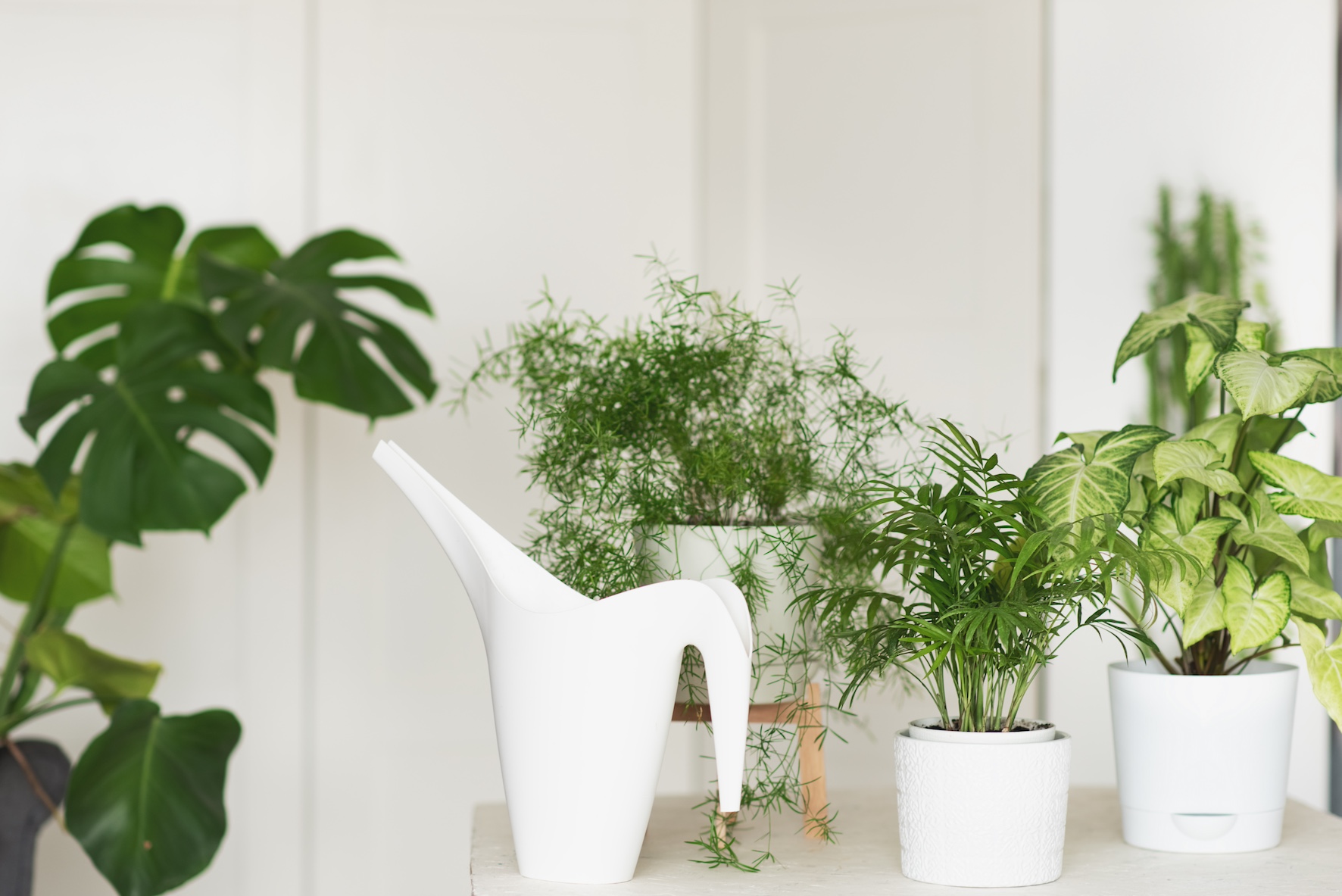
You can plant an indoor plant in a pot without a drainage hole, however, it will stand a better chance of survival if there is one.
"There are occasions where plant parents can successfully grow plants in planters without a drainage hole," says Paris Lalicata, plant expert at The Sill. "As long as they are very mindful about the amount of water they are pouring into the container. It needs to evenly saturate the soil without accumulating at the roots.
"However, if you are a beginner or wary about overwatering your plants, it’s always best to choose the planter that has drainage holes, so you don't have to worry about watering too much."
Chic and Stylish planters for Your Home
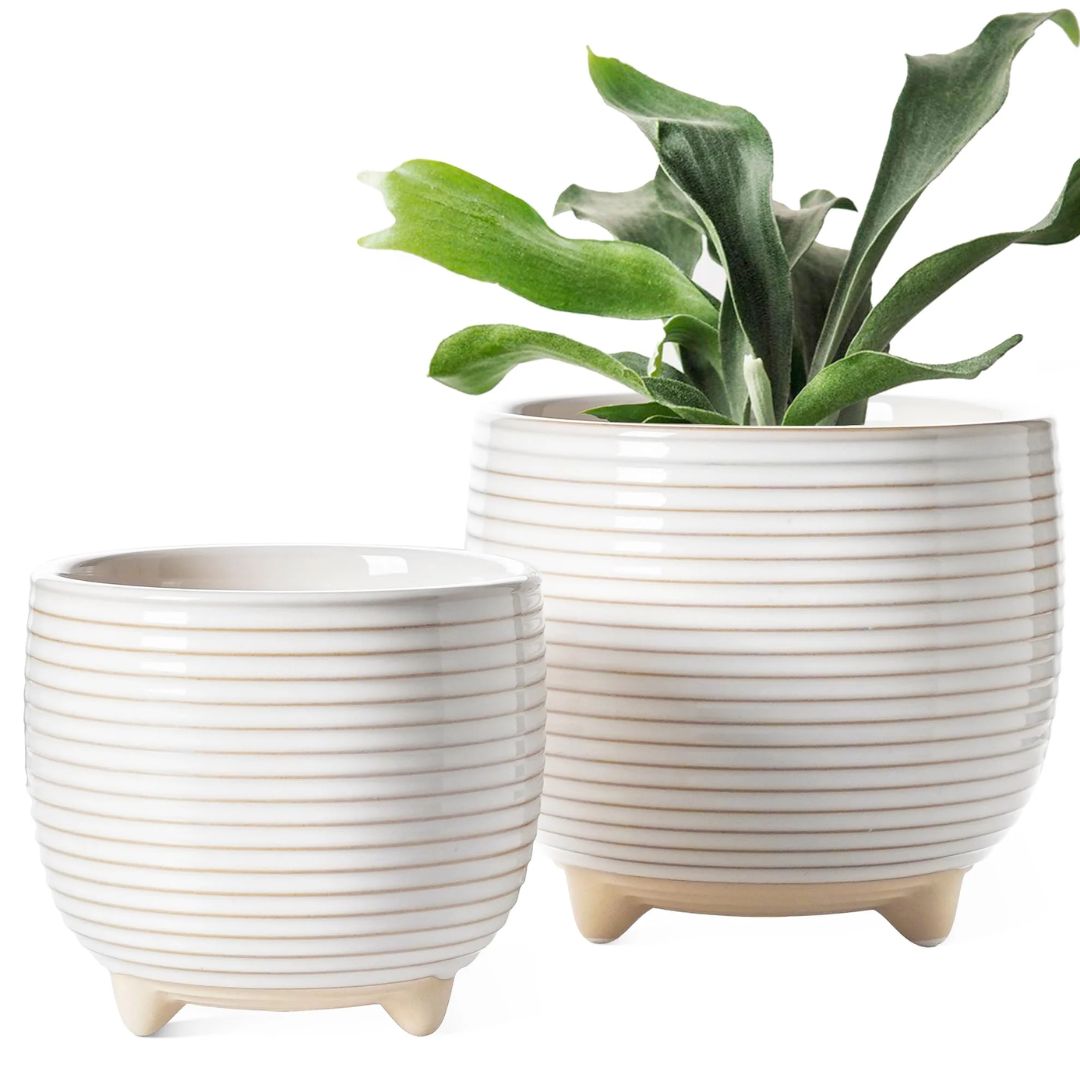
Price: $25
Was: $59.99
Size: 6.4" and 5.1"
Available in a set of 2, this elegant planter has a drainage hole, perfect for your houseplants needs. Best of all, this planter has been designed to elevate the way your space looks and feels.
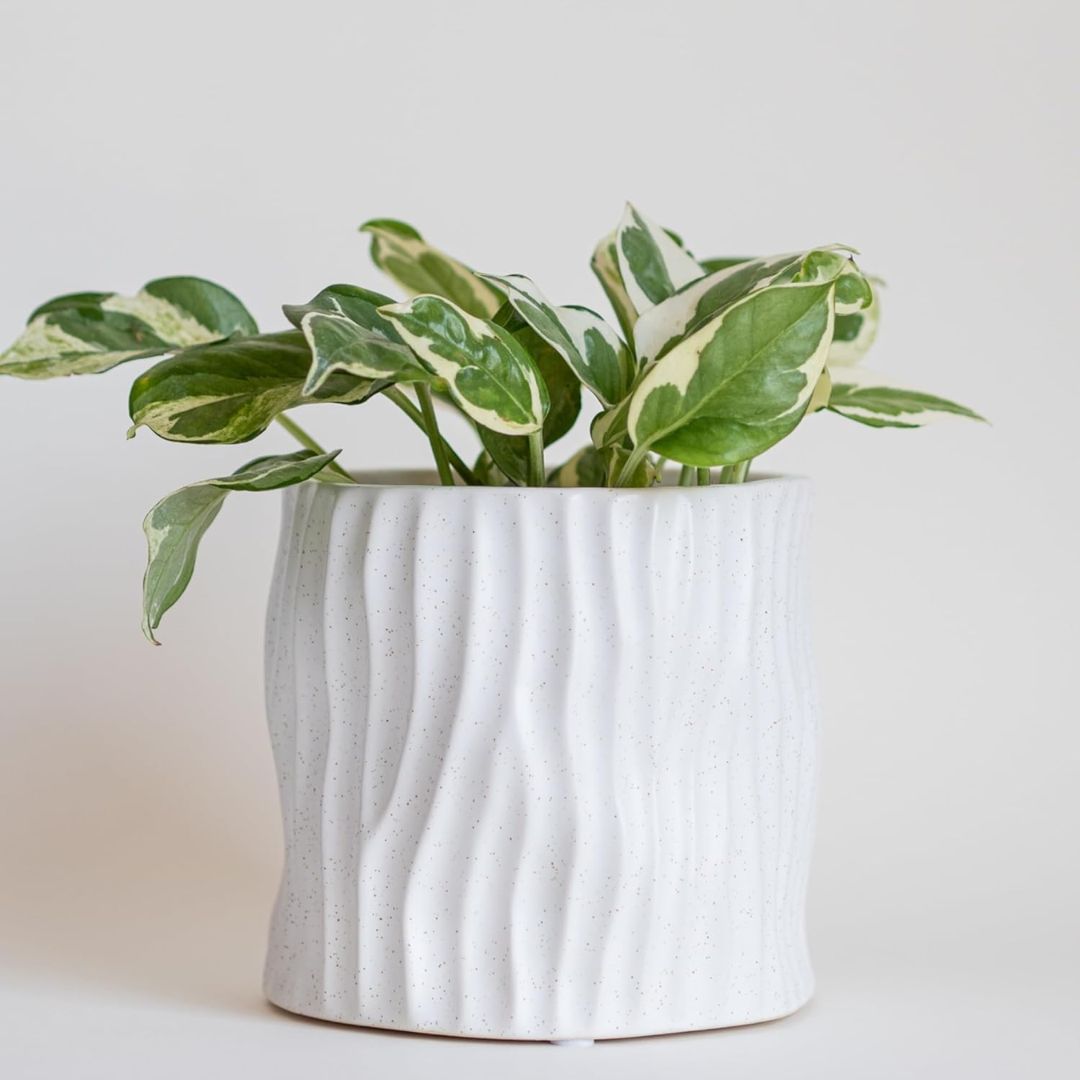
Price: $21.99
Size: Width: 5.5", height: 5",1
Listed as Amazon's top choice, this chic wavy planter is certainly a showstopper. Ideal for a minimalist home, looking for an edgy piece, this planter is perfect for housing your beautiful greens and comes with a drainage hole to help you on your watering journey.
Be The First To Know
The Livingetc newsletters are your inside source for what’s shaping interiors now - and what’s next. Discover trend forecasts, smart style ideas, and curated shopping inspiration that brings design to life. Subscribe today and stay ahead of the curve.
Jacky Parker is a London-based freelance journalist and content creator, specialising in interiors, travel and food. From buying guides and real home case studies to shopping and news pages, she produces a wide range of features for national magazines and SEO content for websites
A long-time contributor to Livingetc, as a member of the team, she regularly reports on the latest trends, speaking to experts and discovering the latest tips. Jacky has also written for other publications such as Homes and Gardens, Ideal Home, Red, Grand Designs, Sunday Times Style and AD, Country Homes and Interiors and ELLE Decoration.
-
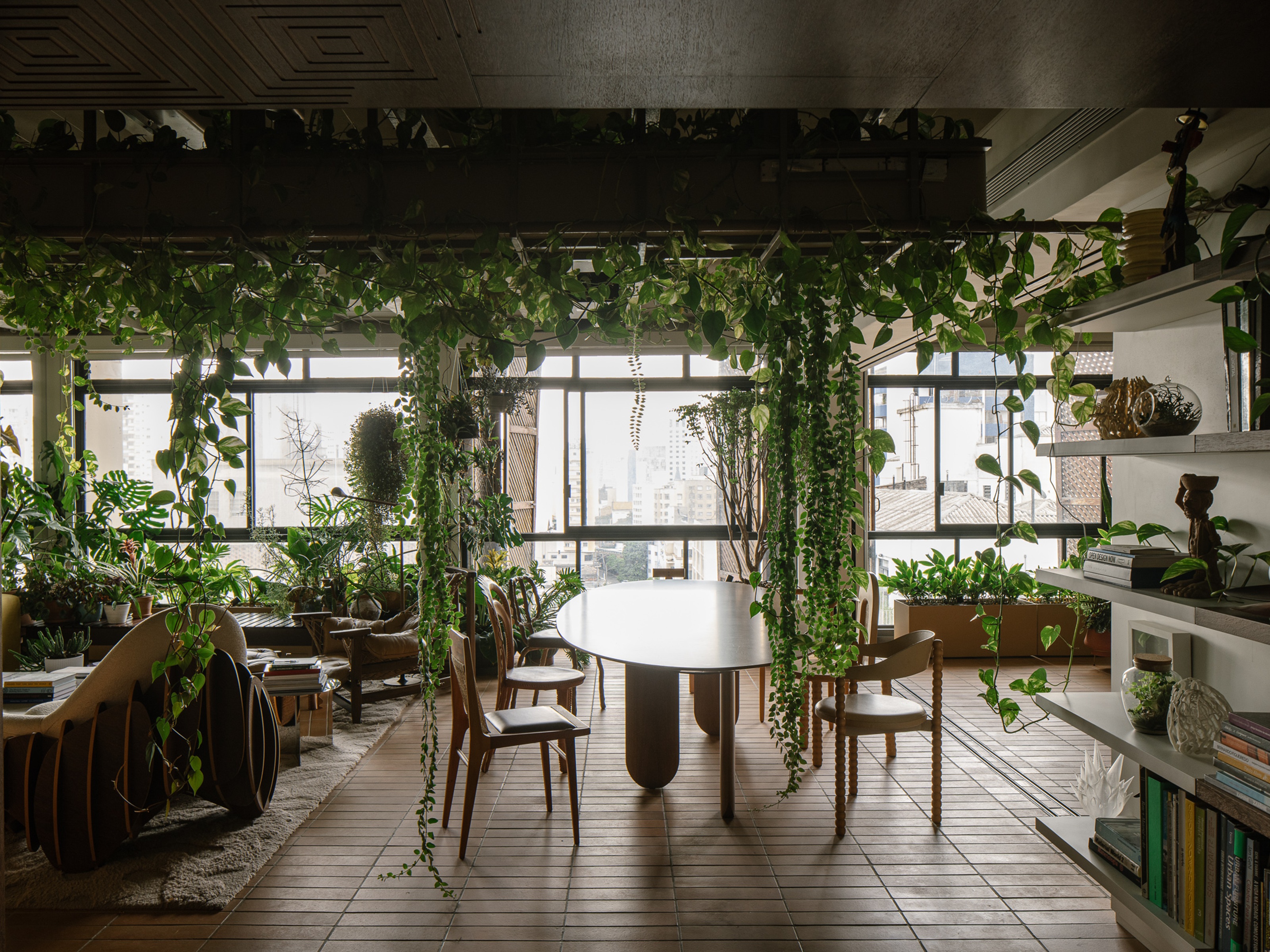 What Is Biophilic Interior Design? I'm an Actual Biophilic Designer, and This Is How to Apply It to Your Home
What Is Biophilic Interior Design? I'm an Actual Biophilic Designer, and This Is How to Apply It to Your HomeA biophilic designer explains the core principles of this practice, and the easy ways you can apply it to your home's design
By Marianna Popejoy
-
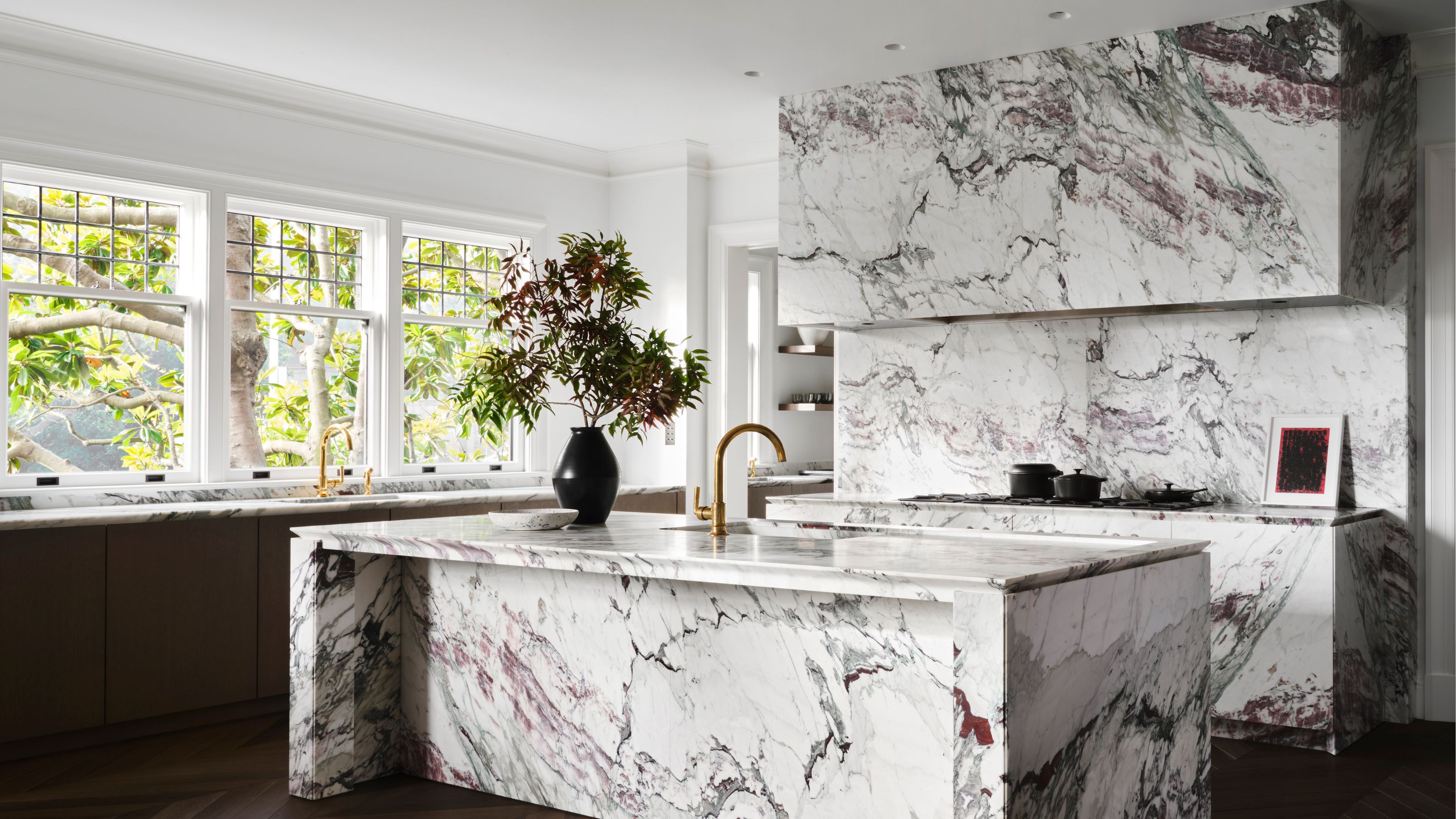 5 Kitchen Stone Trends We’ll See in 2025 — Experts Highlight the Show-Stopping Finishes Taking Center Stage
5 Kitchen Stone Trends We’ll See in 2025 — Experts Highlight the Show-Stopping Finishes Taking Center StageLet’s be honest: there’s nothing more lasting and versatile for kitchen surfaces than stone. These are the timeless choices you should make in 2025
By Aditi Sharma
